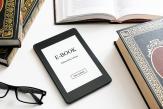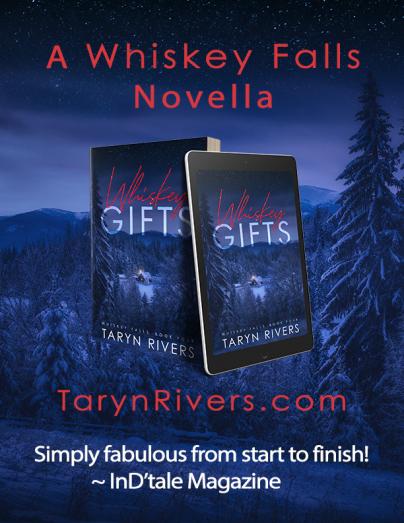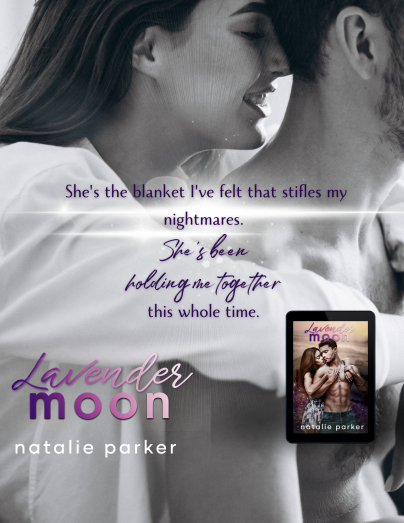News & reviews for the fiction lover in us all!
The E-Book Enigma

This month, we’re diving deep into something I’m passionate about, the Reader Experience. The information you’ll find here is about how formatting and designing eBooks can and will impact your reader’s experience. My hope is that this information will help you create a positive and predictable experience for your readers so they focus on what’s most important, the story you’re trying to tell.
Let’s start by understanding eBook formats. In the Indie publishing world, most writers will be publishing reflowable eBooks. That means the text is dynamic and can adjust based on local settings and preferences. If you’re not familiar with this concept, open a document in your preferred word processor, highlight all the text and change the font size to 24 points. Now, change it to 6 points. You’ll see that while the page size doesn’t change, the amount of text on the page has changed dramatically.
That’s what happens in eBooks. Not only does this happen when readers change their local settings, but it can vary between devices. Consider the difference in screen size from your computer to your smartphone. The same font size on each will result in a different number of words that fit on a line and on a screen. Reflowable eBooks allow your book to display and read well on all devices.
Now consider a PDF or a .jpeg of a book page. To fit the entire image on screen, it will be scaled up or down and could result in very large or small text. Books which do not allow text reflow, typically known as fixed-layout or fixed-format eBooks, result in this scaling. It can be inconvenient at best, and may land your book in the DNF pile.
Font and screen size are just two factors which can affect text flow. Depending on the app or device, margins, leading (line spacing), font type, screen orientation, and other settings may also impact how text reflows.
In some cases, fixed-layout or fixed-format eBooks are more appropriate than reflowable. Children’s picture books and graphic novels often work best in this format. Books that have text integrated into imagery will benefit from a fixed layout. Poetry books sometimes work well here. These are best suited for limited text, designed for easy readability on small screens. I frequently see this format used in the entrepreneur world with “books” or long-form flyers that are heavily designed. Usually delivered as PDFs, they cannot reflow.
While often aesthetically pleasing, they are challenging to read on small devices. If your audience reads on-the-go, this may not be the best format to use. Remember the principle ‘Form Follows Function’. If the book is difficult to use, your readers may not stick around to hear what you have to say.
Read the entire article in the September 2021 issue of InD'Tale magazine.
You can just click on the magazine image on the left hand side of our home page to open and enjoy!
OR
If you would like to receive the magazine every month (for FREE!) , just sign up on our home page. Once you do, an e-mail validation notice will be sent directly to you. Just open and click the link and you're in - forever! Each month the magazine will be delivered directly to your inbox to downlad and read!



